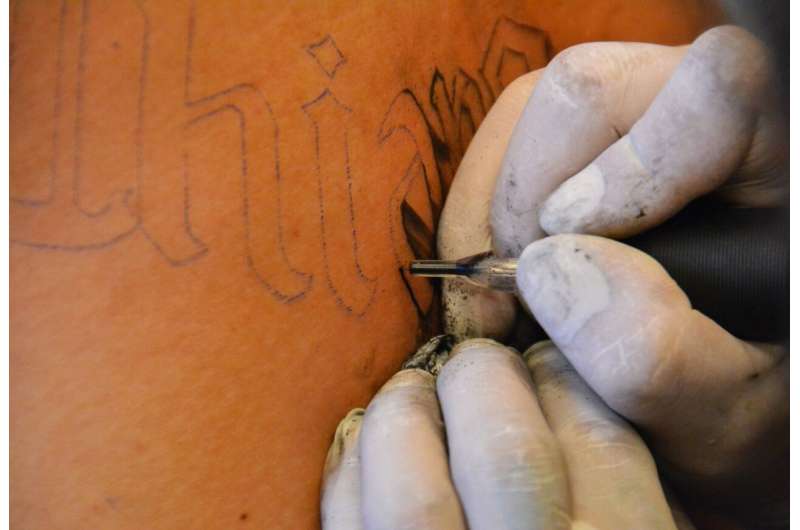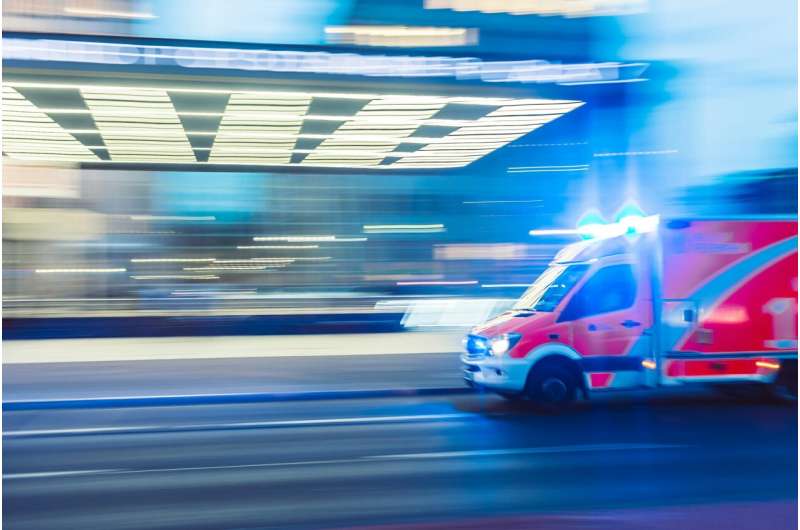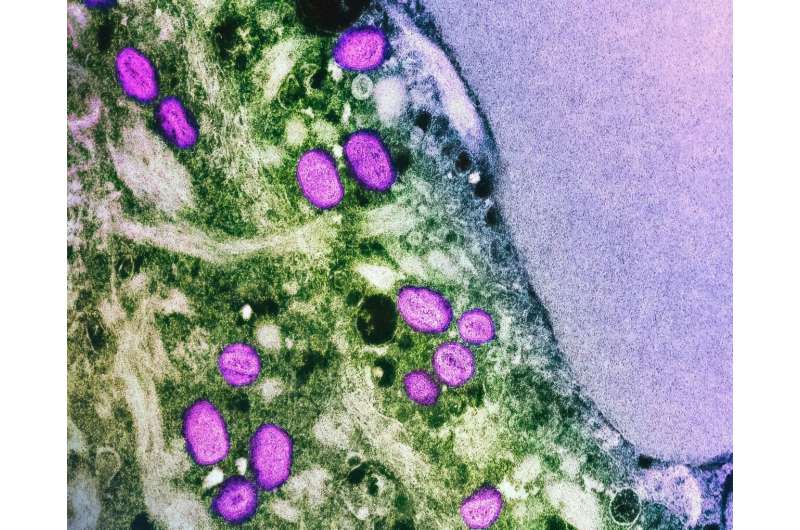Ensuring Safety Standards For Anesthesia During Tattoo Procedures

The American Society of Anesthesiologists emphasizes that anesthesia for tattoos must meet the same safety standards as elective surgeries, ensuring patient safety with qualified professionals and proper facilities.
As the popularity of using anesthesia or sedation for lengthy tattoo sessions increases, the American Society of Anesthesiologists (ASA) emphasizes the importance of maintaining rigorous safety standards comparable to those used in elective surgeries. While common pain management methods for tattooing include topical anesthetics, ice packs, and breathing techniques, longer and more intricate tattoos—sometimes lasting eight hours or more—may lead individuals to seek anesthesia to minimize discomfort and reduce the need for multiple sessions.
The ASA advocates that anesthesia for tattoos should only be administered by qualified professionals, such as anesthesiologists, in facilities equipped to handle emergencies and ensure patient safety. This approach aligns with safety practices followed during procedures like colonoscopies, MRIs, and cosmetic surgeries. Key standards include thorough preanesthesia evaluations, continuous monitoring during the procedure, and comprehensive postanesthesia care, including recovery instructions and safe transportation arrangements.
Patients should be fully informed of the risks associated with anesthesia and sedation, undergo careful medical assessments, and review their anesthesia plan before proceeding. It’s important to note that tattoo studios are not appropriate settings for anesthesia; only licensed medical facilities with the proper emergency equipment should be used. Additionally, considerations such as fasting before procedures, muscle positioning, and the potential for bruising or tissue damage should be discussed with healthcare providers.
The ASA underscores that the desire to reduce pain should never compromise patient safety. Qualified anesthesia professionals and proper medical environments are essential to safeguard individuals choosing anesthesia for tattoos. This approach ensures procedures are carried out responsibly, minimizing risks and ensuring a safe experience.
More information can be found in the ASA’s full guidance on anesthesia care for tattoo procedures. source: https://medicalxpress.com/news/2025-06-anesthesia-tattoos-safety-standards-elective.html
Stay Updated with Mia's Feed
Get the latest health & wellness insights delivered straight to your inbox.
Related Articles
Revolutionizing Critical Care: Immune Cell Signatures as Guides for Treatment
Innovative blood tests analyzing immune cell gene signatures are set to revolutionize diagnosis and personalized treatment in critical care, enhancing outcomes for severely ill patients.
Research Finds No Elevated Risk of Childhood Cancer Near UK Nuclear Sites
A recent study shows no evidence of increased childhood cancer risk near UK nuclear power stations, supporting continued public health safety and monitoring efforts.
Discovering a Brain-Like Communication System in Gut Cells Reshapes Understanding of Body Healing
New research uncovers neuron-like signaling by support cells in the gut, revolutionizing understanding of tissue regeneration and potential treatments for gut diseases.



